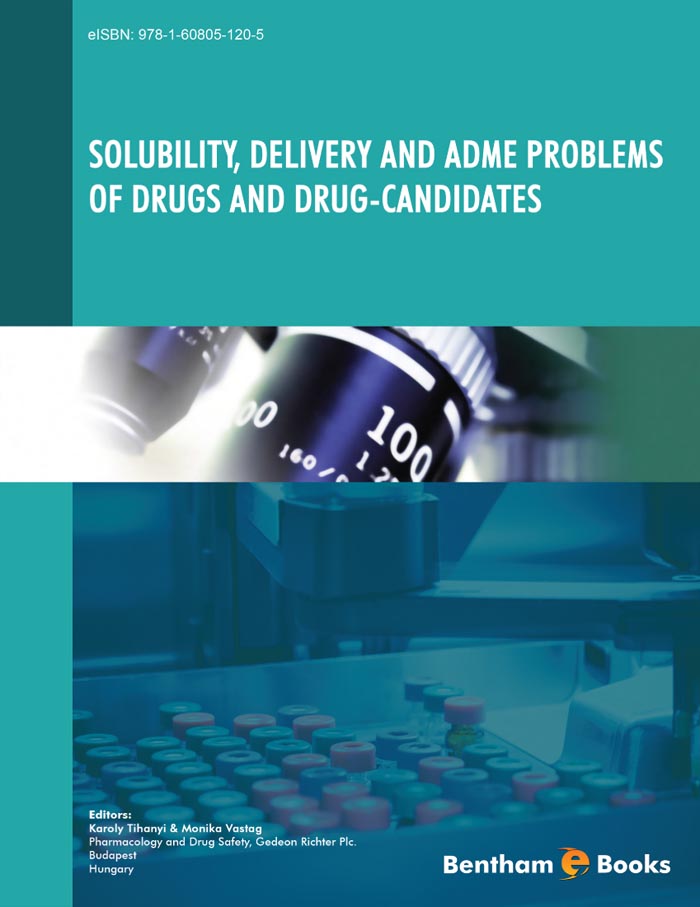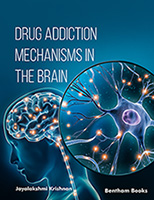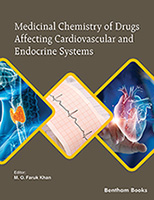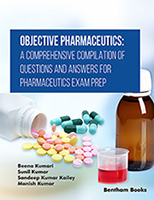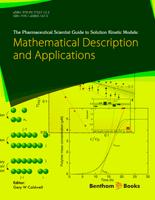As a part of maintaining homeostasis, a living organism prevents xenobiotics from entering a body by means of efflux transporters, and eliminates them by means of a highly adaptive biotransforming enzyme system. Drug molecules are also xenobiotics that must be able to reach their remote target site at the right time and in the right concentration, and must have a high degree of affinity and potency when they reach their molecular target.
The fundamental physicochemical properties of xenobiotics/drug candidates such as aqueous solubility, lipophilicity, pKa, molecular size and other parameters have a defining role in determining the drug-like properties of new chemical entities. in vitro physicochemical characterization and in silico modelling do not usually generate decision-making data; however, they are indispensable tools for directing chemistry optimisation.
Unfavourable physicochemical traits frequently limit the desired drug exposition. These limitations can sometimes be overcome by changing the molecular environment of the drug compounds. New drug candidates tend to have fewer drug-like properties, and the increasing need to deliver them to their site of action despite their unfavourable properties has led to the empirical science of preclinical drug formulation. However, this discipline is not merely the process of collecting dissolution recipes. A good formulation meets several criteria: it should not have a substantial effect on physiological functions; it should be free of toxicity; and it should be suitable for long-term toxicology studies.
Pharmaceutical researchers are aware that efflux transporters may have a determining role in the efficacy, bioavailability and drug-drug interaction of transporter substrates, yet they have only recently become the focus of study. The action of efflux transporters may add to the physicochemical limiting factors that prevent absorption, or entering drugs into compartments such as the CNS, or simply the inside of a cell. Acquired resistance through the selection of high efflux cells may prevent efficacy in therapeutic groups when aiming at intracellular targets.
However, inward transporters and carriers may be of significance if drugs are tailored to be substrates of these transporters and carriers, as it is the case with some peptidomimetic drugs. “Transporterization” – giving drugs transporter substrate features – is a new and promising approach in drug delivery.
Unwanted BBB penetration of peripherally acting drugs is a major cause of CNS side effects, while the inefficient penetration of CNS-acting drugs into the brain results in inefficient therapeutic exposure. The brain penetrability of drugs for CNS targeting is still difficult to design, although numerous in silico, in vitro and cell culture models are available for use in making predictions. Complex cell culture models of BBB penetrability have recently become available.
Evolution solved the problem of large compound trafficking through biological membranes long ago. Cell-penetrating peptides (CPPs) may offer a solution to the problem of gaining access to the interior of cells if large compounds are connected to these short peptides. In addition to delivering heterocyclic compounds, CPPs are also promising tools for the delivery of biotechnology products.
The complex defence system against xenobiotics is made up of highly adaptive enzymes. Transporter and metabolic enzymes are up- or downregulated by drugs and environmental factors, leading to a large degree of pharmacokinetic drug variability. The great variation in this system is due to inhibition/induction and the genetically coded polymorphy of these enzymes. The induction of metabolic enzymes is predominantly seen as a pharmacokinetic problem. However, due to the pleiotropic effects of the conveying nuclear receptors, it is increasingly recognized as a toxicology burden.
The inhibition of metabolic and efflux enzymes has recently come under scrutiny, due to the fact that many drug-drug interactions are recognized as being backed by these inhibitory mechanisms. High intrinsic clearance drugs are especially prone to drug-drug interactions, as the inhibition of the contributing metabolic enzymes or the outward transporters may result in a very large elevation of their bioavailability and exposure.
The attrition of new drug candidates for pharmacokinetic reasons has significantly decreased in the last decade, which is a clear indication of the success of this newly implemented approach to pharmacokinetic modelling. In order to create safe drug molecules without major compromises, a multitude of in silico and in vitro methods and models are now available to pharmaceutical researchers. In spite of the tremendous advances and the ample reservoir of methods in the field of in vitro ADME, it is still a major in cerebro challenge to create safe, interaction-free and low variation drugs, and deliver them to their site of action.
Károly Tihanyi
Gedeon Richter plc, Pharmacology and Drug Safety
Hungary

